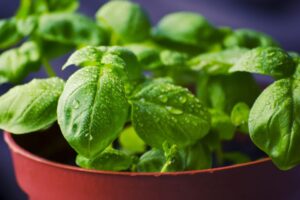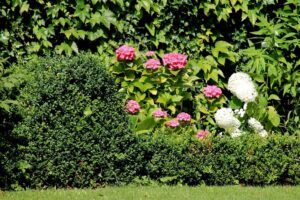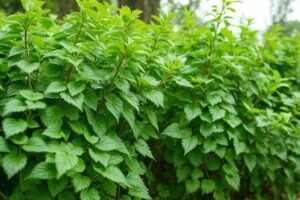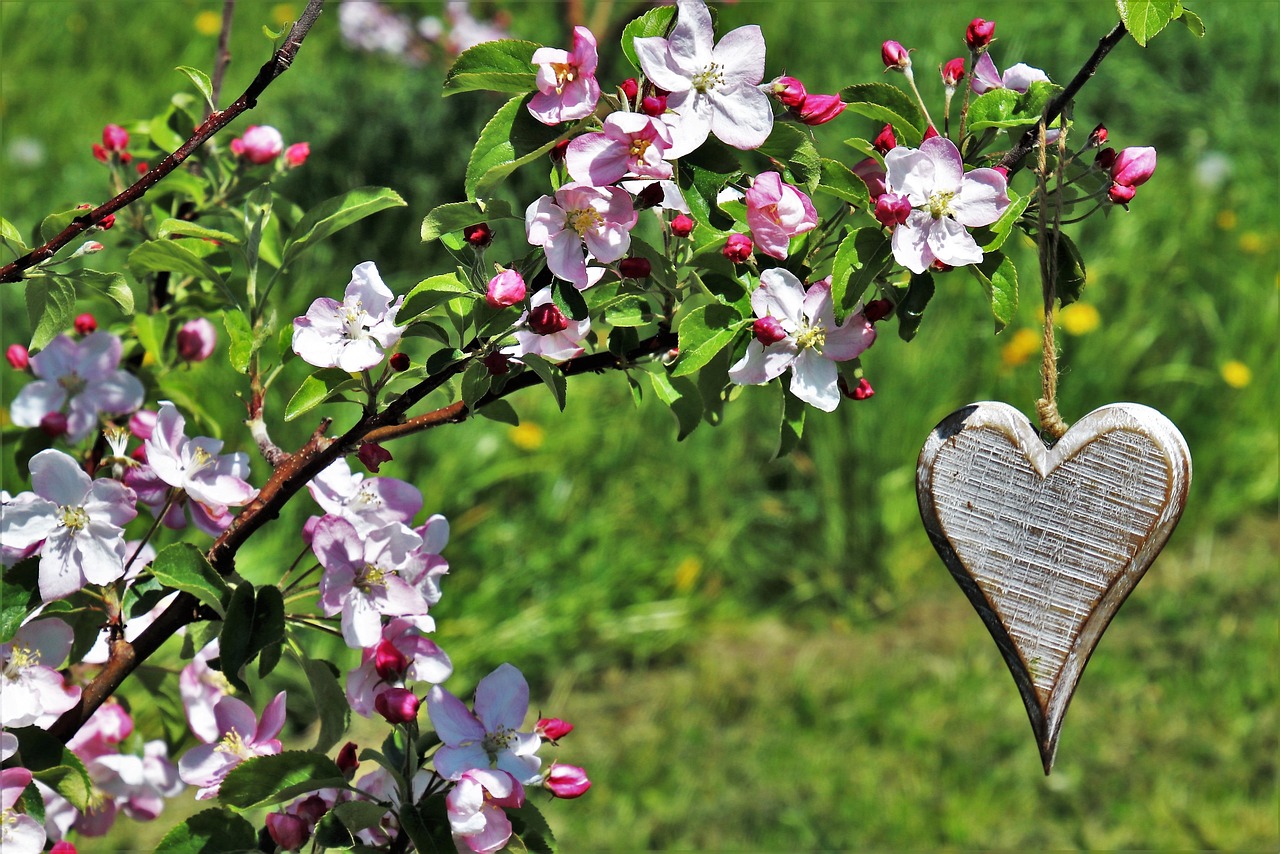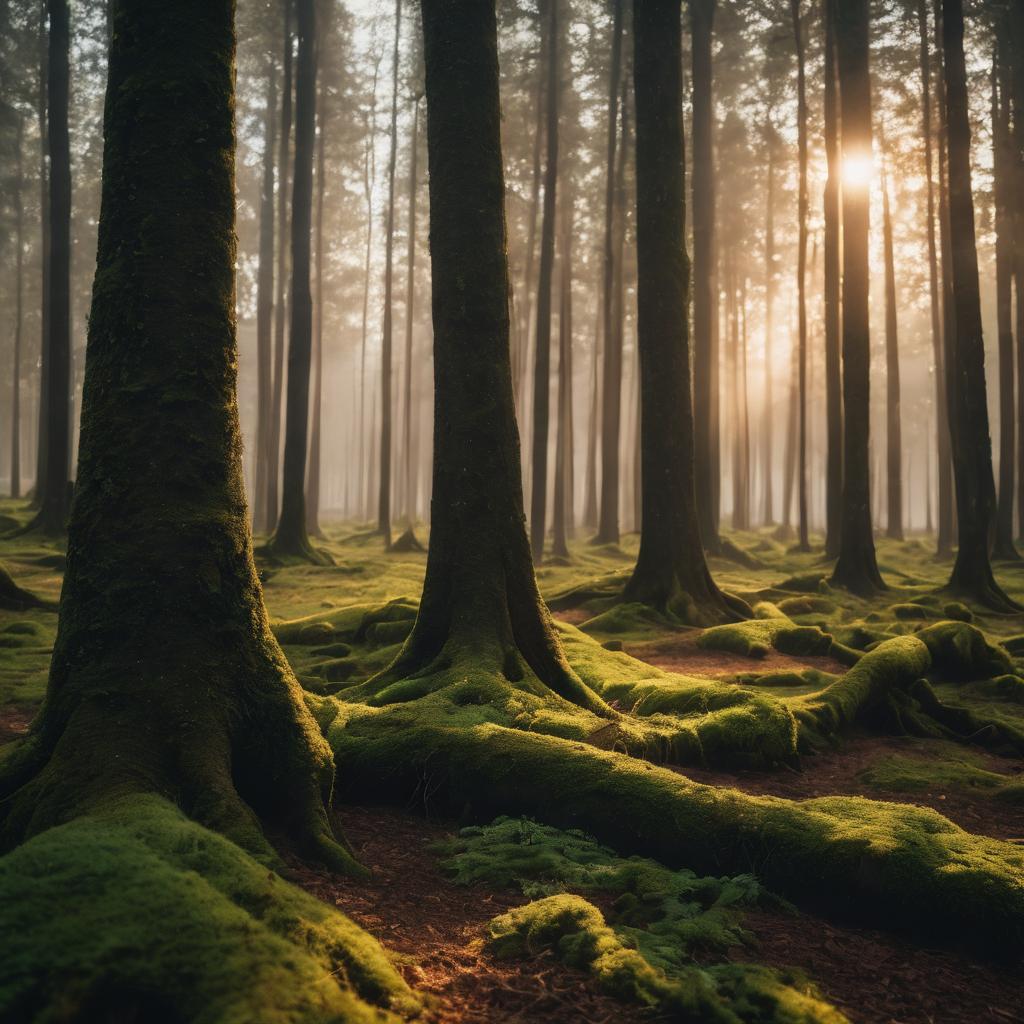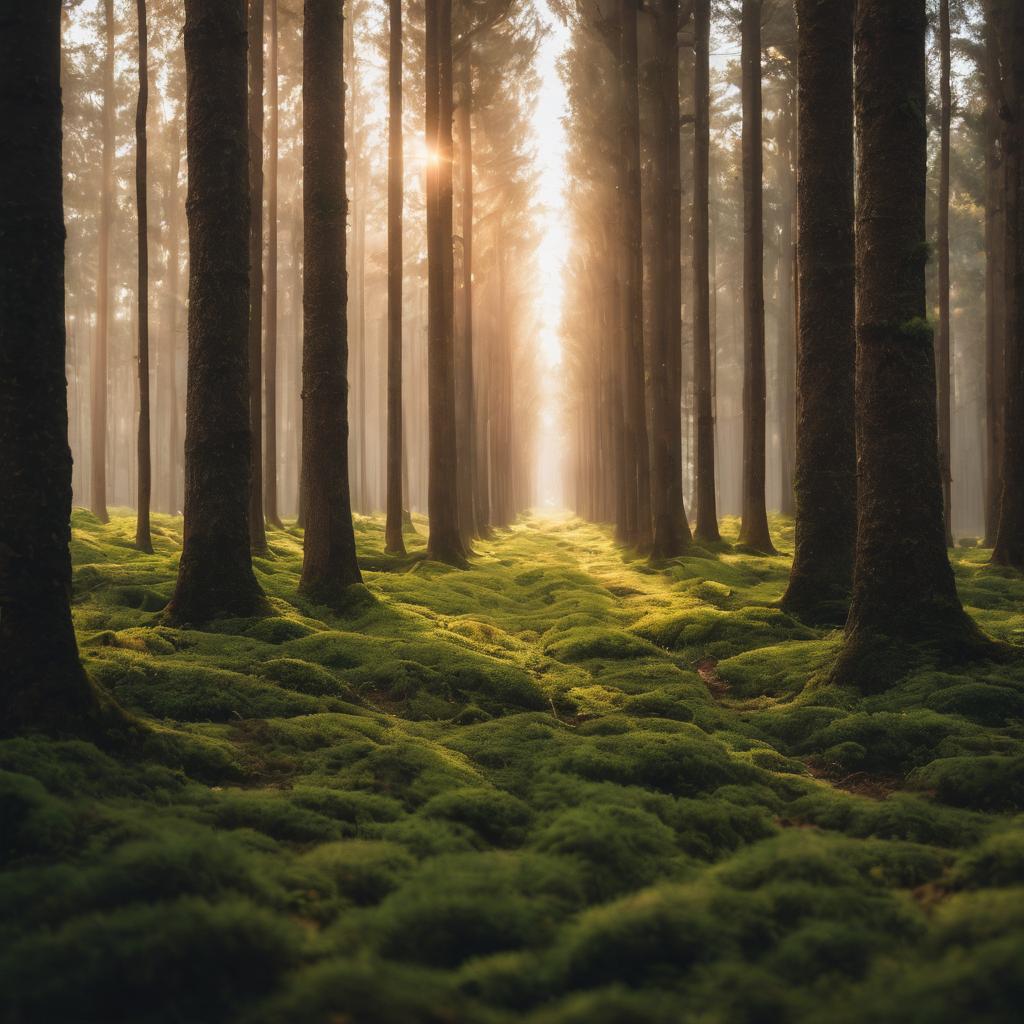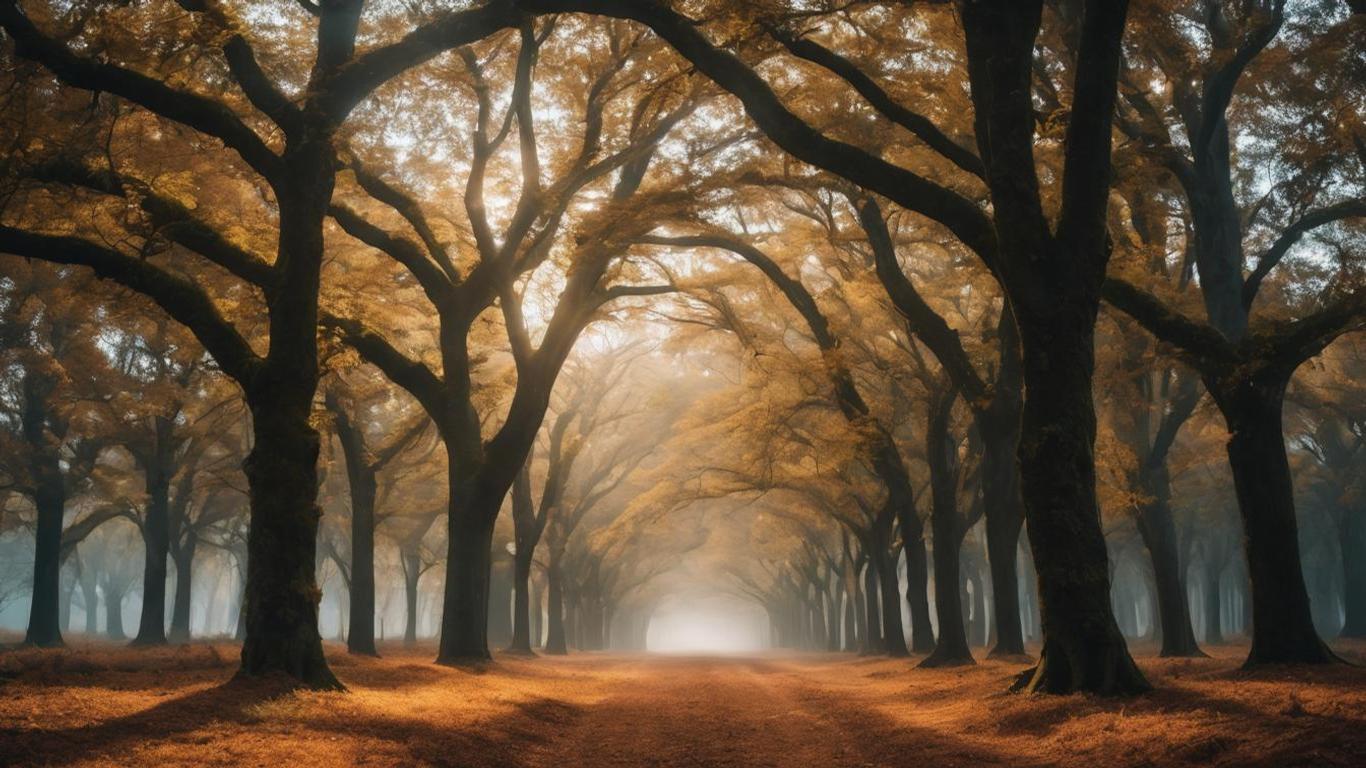Introduction
A lot of people think that planting trees in their backyard is something only farmers and landscapers do. But, it’s easy to do at home! If you’re looking for an easy way to make your landscape sustainable, planting trees is an excellent choice. Trees offer shade on hot days, reduce noise pollution from the street and neighbors’ yards, improve air quality by removing pollutants like carbon dioxide and ozone from the air around them…and they just look good too! In this guide we’ll cover everything you need to know about choosing a tree for your backyard or yard, then planting and caring for it once you’ve got it home.
Choose your tree.
You will want to choose a tree that will thrive in your climate, and that fits within the height of your yard when it is fully mature. There are many factors involved in choosing the right tree for you, so be sure to check out our guide on how to select the best trees for your yard!
Dig a hole.
To start, you’ll need to dig a hole. The size and depth of this hole will depend on what kind of tree you have in mind.
For example, if you’re planting a single apple tree (which are usually about 25 feet tall), then make sure that your planting hole is at least 24 inches deep and 36 inches wide. If your goal is to grow multiple varieties of fruit trees together (like an apple/pear mix), then consider digging one large pit instead of several smaller ones–this way all the roots will be able to share nutrients as they grow throughout their shared space!
Once you’ve finished digging, remove any excess dirt from around the edges with a shovel or trowel; otherwise when we add our new plants back into place later on down this tutorial process things might get messy fast without proper preparation beforehand!
Plant the tree.
Once you’ve chosen the right tree for your site and done some research on its specific needs, it’s time to plant. Make sure you have all of the necessary supplies, including a shovel and trowel (if needed), water canister or hose attachment, gloves if working with thorny plants like roses or blackberries, and stakes or string if needed for support.
Once you’ve cleared away all grass and weeds from around where you want to plant your tree(s), dig out an area about twice as wide as the rootball–this will allow room for growth later on! If planting multiple trees together in one spot, make sure they are close enough together so that their branches won’t touch once they have grown taller. You can also use stakes or strings between each tree if desired; this will help keep them upright while they’re still young but fragile until their roots become established enough not fall over on windy days later down the road!
It’s important not only that each hole is deep enough for adequate drainage but also that no more than half its depth remains above ground level once filled back up again after planting takes place because otherwise there might not be enough room left over inside those holes’ surface area beneath ground level where air needs access as well as water flow within soil layers below surface areas around roots themselves which would otherwise create gaps between them instead – thus making it harder both ways: 1) preventing sufficient aeration within surrounding topsoil layers which could lead eventually cause suffocation due) inadequate supply 2).
Water your tree.
Watering your trees is important, but it can be tricky to get right. Here are some tips on how often and how much water you should give your tree, plus when and how to do it:
- Watering frequency: The best way to keep your tree healthy is by watering it regularly throughout the year. This means watering at least once per week during periods of hot weather (like summer), less often during cooler seasons like fall or winter (but don’t let them go too long without any water!)
- Amounts: It’s also important not to overdo it with the amount of water that goes into each pot; try using around 2 cups every time instead of filling up the whole thing at once! You’ll know if this happens when there’s standing water around its base later down on rainy days – so avoid making an overflow mess by being careful about how much liquid gets poured in each time around!
Planting trees in your backyard is an easy way to make your landscape sustainable
Trees are one of the best things you can do for the environment, as they provide shade and shelter from wind, provide habitat for birds and other animals, help clean air by absorbing carbon dioxide and releasing oxygen back into the atmosphere, reduce water runoff by absorbing rainwater during storms (which would otherwise become pollutants), maintain soil quality with their extensive root systems that hold soil together against erosion, protect against flooding by absorbing excess water during heavy rains…
However you look at it: planting trees will improve your yard’s sustainability!
Conclusion
Planting trees in your backyard is an easy way to make your landscape sustainable. The trees will provide shade, clean air and water, as well as other benefits. As long as you follow these steps, you’ll be able to plant a tree in no time!



